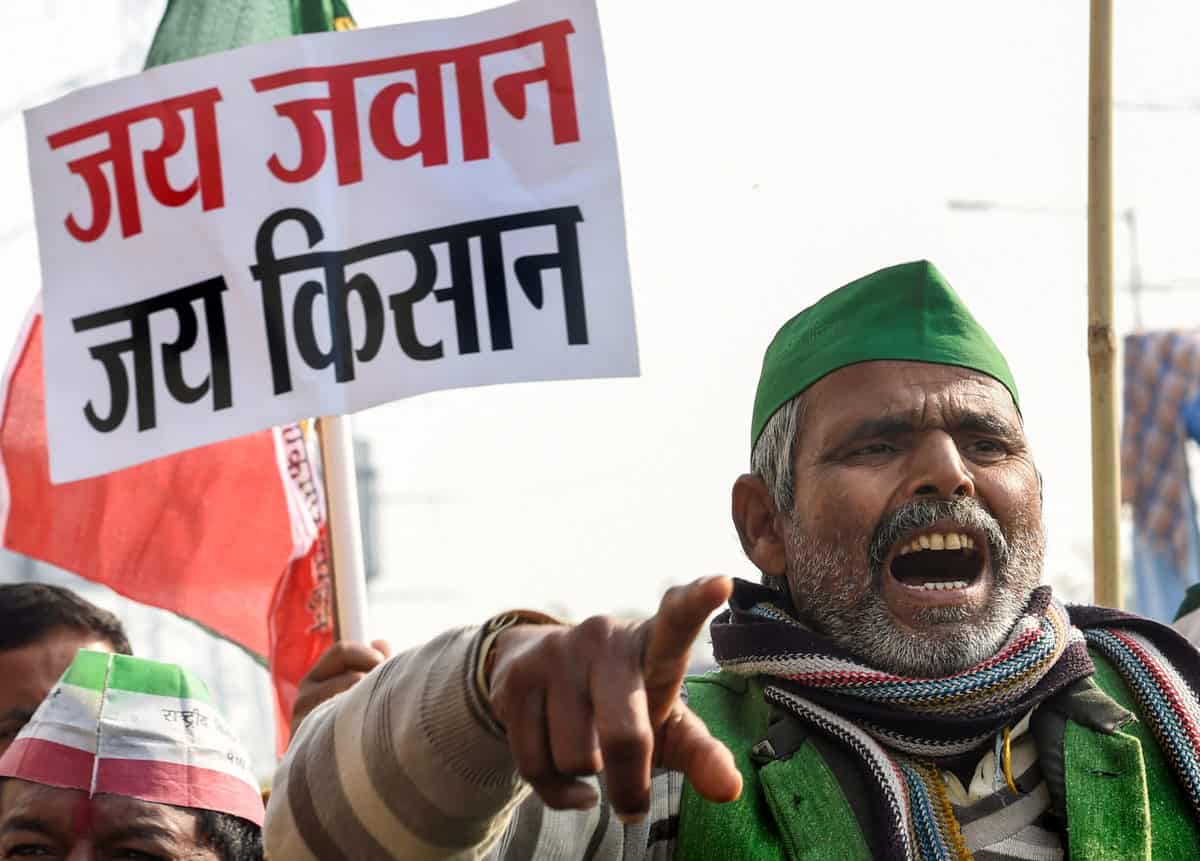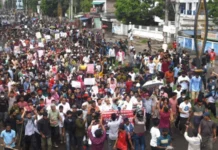NEW DELHI: Despite the chilling cold, a large number of farmers have been stoutly protesting for the last one month at the borders of New Delhi amid the coronavirus pandemic.
But it raises the question that from where is the protest by the farmers, who have left farming work and are marching on the streets, gathering strength from. Various speculative claims have been made over this question. However, many say it is the passion and brotherhood of Punjabi farmers that gives strength to this mass movement.
The farmers, who are agitating against the three farm laws implemented by the central government, have been camping in the national capital since November 26 at the Singhu, Tikri and the Ghazipur borders.
Bharatiya Kisan Union (BKU) leader, Pal Majra, was asked about where he was getting money to run the farmer protests. He said that everyone in Punjab is contributing to the farm protests. When someone from the villages of Punjab leaves for the Delhi farmer protests, the people in the villages also send financial aid according to their capacity, Majra said.
Pal Majra said that people are not only contributing financially, but even families of farmers are reaching at the Delhi protest sites every day. This is the reason that the farmer agitation has been continuing for more than a month, yet thousands of people are present at the Delhi borders.
Farmer Gurwinder Singh from Punjab said farming activities are not being affected by the agitation and brotherhood among Punjab farmers has risen. He said, “The farmer protest started from November 26, before which the sowing of wheat was almost completed and now a single round of water has been sprinkled on wheat.”
No work related to agriculture and farming has been affected by the farmer agitation, whether it is sowing of crops or providing fertilisers or watering the crops, and it is going on as planned and people are helping each other in their daily work in villages, he added.
Singh said the protest has increased the brotherhood among Punjab farmers and in several places women have taken over farming and agriculture.
A senior official of the Punjab government’s agriculture department said, last year where there was 35.21 lakh hectares of wheat sown in the state, farmers have cultivated 34.78 lakh hectares this year. He said some of the area under wheat cultivation has been used for cultivating potatoes and other crops this year. The total area under rabi crops in Punjab is 40.7 lakh hectare and other crops include barley, gram and maize.
Initially, due to the farmers’ protest, there was difficulty in supplying fertilisers due to the halting of trains in Punjab, but now there is no such problem, the official added. Another official said the sale of paddy has already taken place and the supply of crops is on in the markets.
The same situation is also prevalent in Haryana. Harpal Singh, a farmer from Karnal said that the farmer agitation has no effect on farming and agricultural work because while some family members of the farmers are reaching the protest site at Delhi, other members who are still in the villages, are handling farming.






